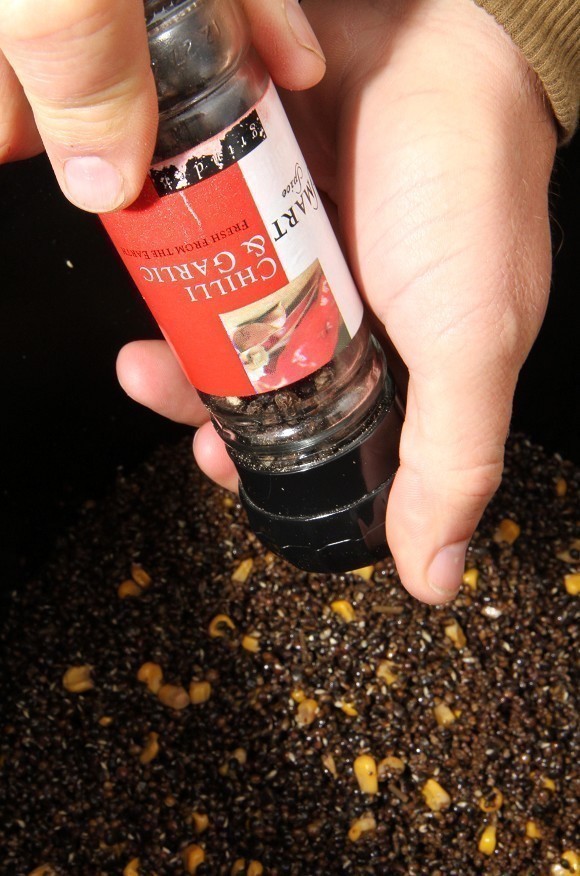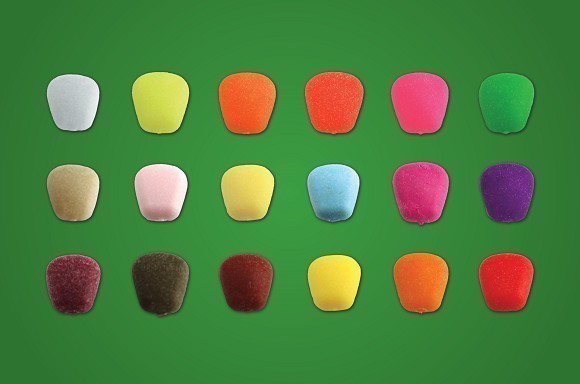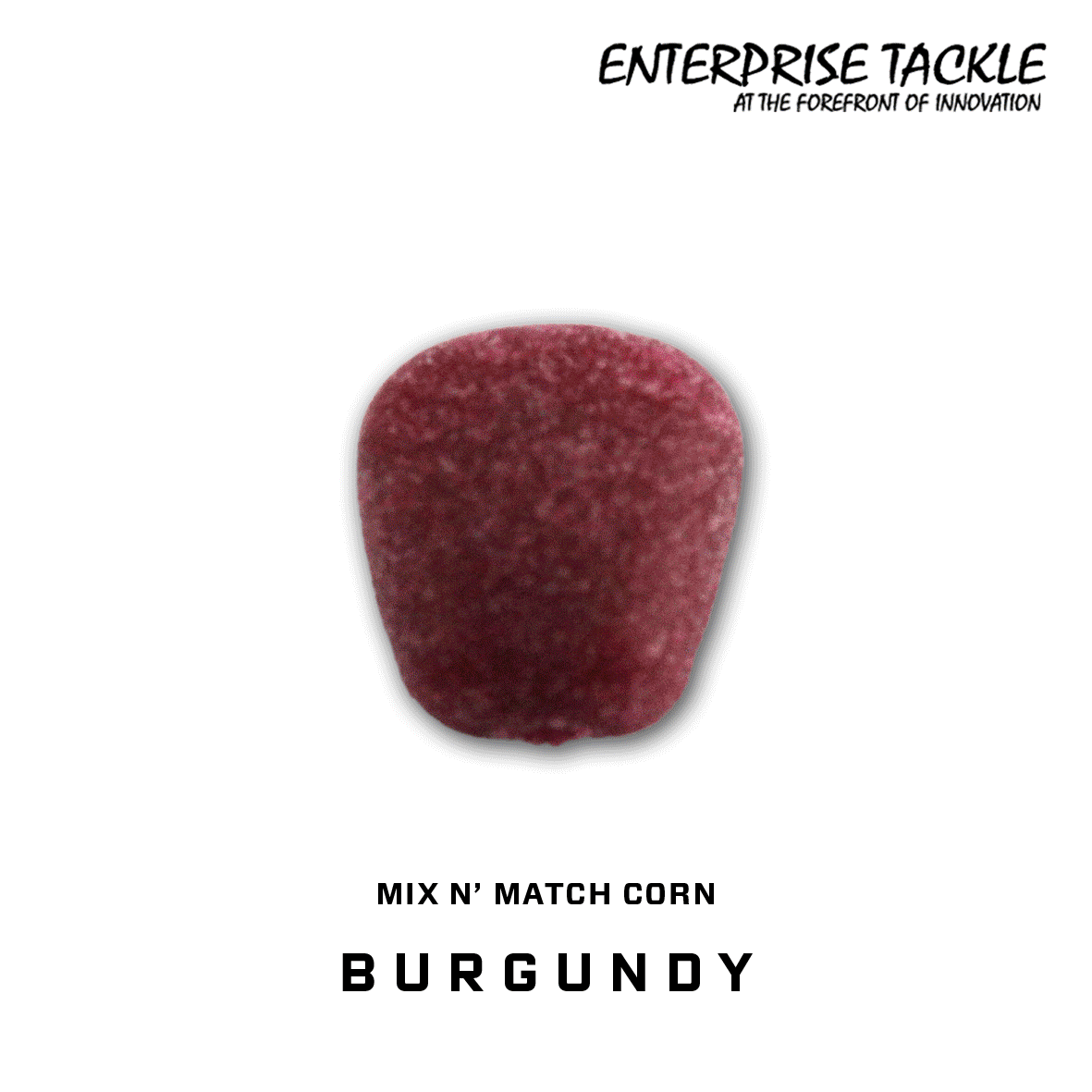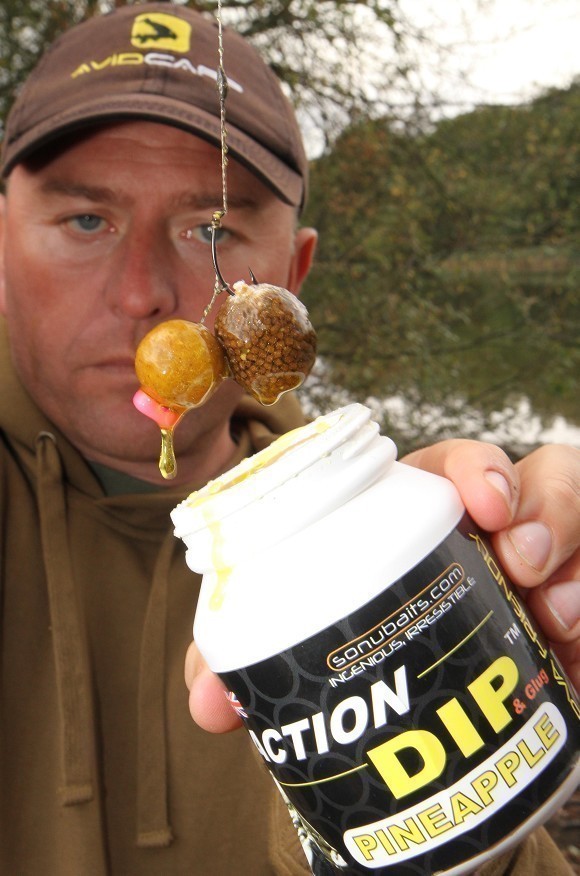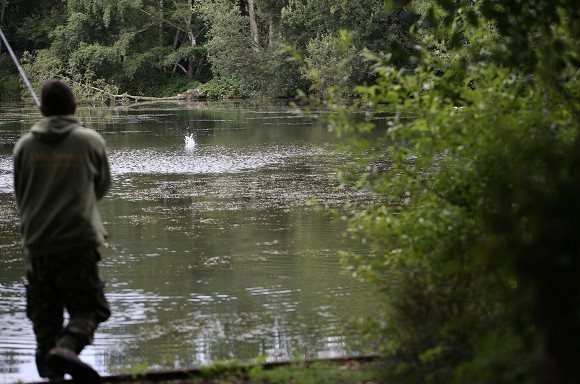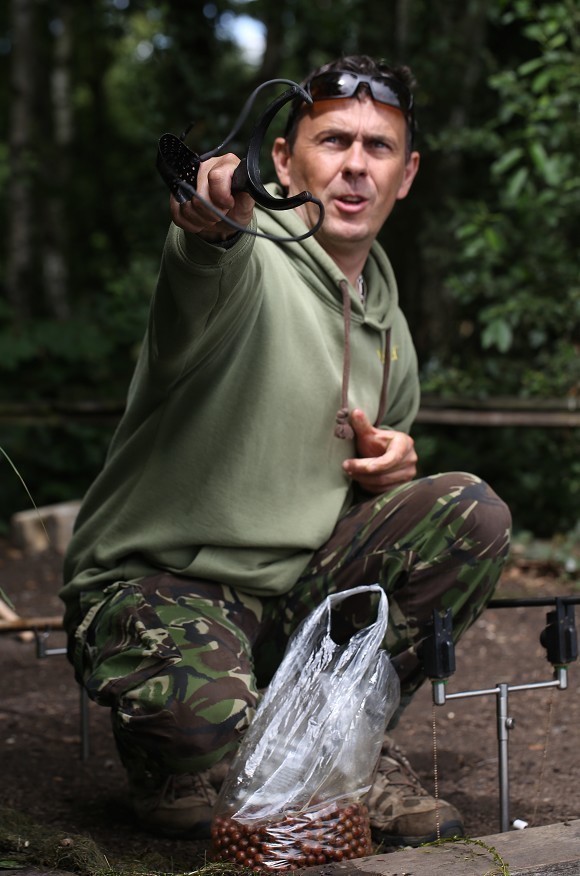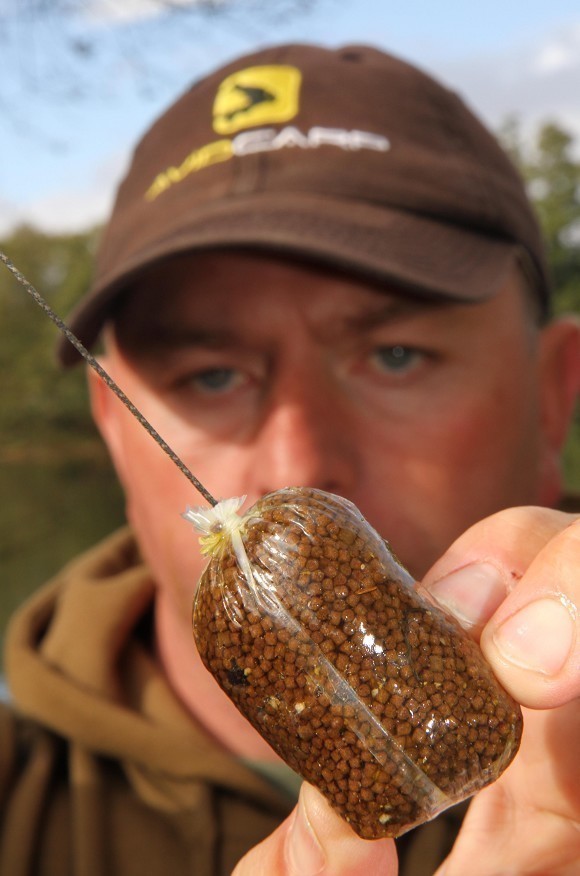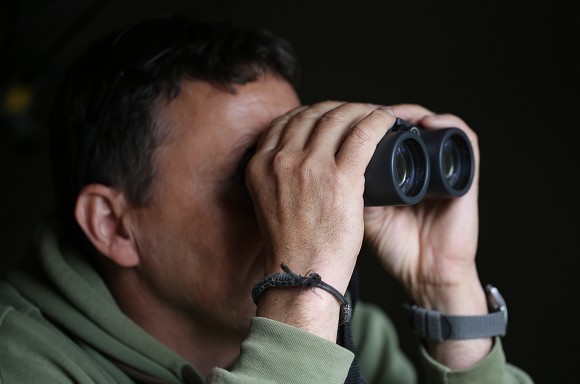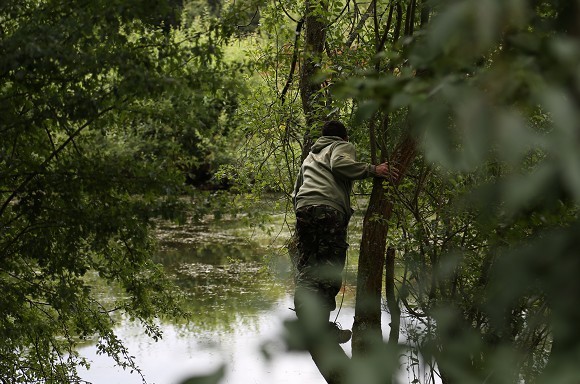
9 simple things you can do to save a session!
Here’s nine top day ticket edges that will almost guarantee your bobbins keep moving
1. Be quiet!
Nowadays, most day ticket waters receive angling pressure on a daily basis. As a result, the lake’s residents are getting more wary and a lot harder to catch. On pressured venues, if there’s a lot of disturbance on the bank, the carp will not hang around for long. We all cringe when we see anglers hammering their banksticks and pegs into the ground. As soon as you start hammering your pegs into the ground or shouting to your mate in the next swim, every carp in front of you will quickly vacate the area. Pressured carp are cautious creatures and it doesn’t take long for them to realise that you’re fishing for them. If you’re quiet, your catch-rate will certainly improve.
2. Boost your bait
On pressured venues, the carp see a whole host of different baits on a regular basis, therefore it’s important to make your bait stand out from everybody else’s. Particles like hemp, corn and tiger nuts are real winners on all venues, but before you spod any bait into the swim, give it an extra boost. You can be imaginative as you like, but a healthy sprinkling of rock salt and pepper usually does the trick. Alternatively, you could have a look around the spice section at your local supermarket. It’s full of attractive ingredients and, more importantly, they are often very cheap.
3. Colour
When the carp are feeding with gusto, they’ll eat pretty much any hookbait you chuck in front of them. Unfortunately, were not always that lucky and, more often than not, were usually scratching around to nick a bite. If you’re blanking and there are fish in front of you, try changing the colour of your hookbait. It may seem irrelevant but the amount of times a change in colour has resulted in an almost instant take is unreal. You can either carry a wide selection of “proper” pop-ups, but a cheaper and less space-consuming option is Enterprise Tackle’s Mix ‘N’ Match. The artificial hookbait masters now offer a service whereby you can pick any colour of corn (there’s 18 colours!) and then add them to any of the flavours on offer from the likes of Solar, Nutrabaits, Essential, CC Moore, Richworth and co. Have a look at how it works by clicking here.
4. Dip your bags
If there are fish showing in front of you at the start of the session, there’s no need to introduce any bait. Start by casting small PVA bags onto the areas where they are crashing or showing. A real good edge is to try dipping you bags in the attractive PVA-friendly liquids – all bait companies produce them nowadays. As the bag dissolves on the bottom, it will release a stream off attraction that will draw the carp towards your hookbait.
5. Accuracy
If you’ve found a nice area with your marker rod, make sure that you mark your lines using marker elastic. If you get a bite from the area, there’s a good chance that there will be more fish feeding on the spod. So, you need to be able to get your rod back on the spot accurately, even in the middle of the night. Just make sure that you pick a far-bank marker so you know exactly where to cast. Anglers who fish accurately catch more carp. Fact!
7. Zig rigs
Many anglers seem obsessed with fishing on the bottom when, in reality, lots of carp spend a vast amount of time off the bottom. Carp often frequent the upper layer and, at certain times of the year (particularly right now!), they can be found just a few inches under the surface. So, if you’re struggling on the bottom, why don’t you give a Zig Rig a try? There are a whole host of buoyant materials that make great hookbaits but Enterprise Tackle’s Zig Beetles really do look like water bugs which the carp love to eat.
8. Whack a solid bag at range
If a lake is heavily pressured, there’s a good chance that the fish will move into the middle, in a bid avoid the constant barrage of crashing leads and spods. So, whacking a rig into the middle of the lake, or at range, can often nick a bite. Opt for solid bags because they cast so much better and they present a parcel of food around your hookbait. Plus, pressured carp really find it difficult to deal with the super short rigs.
9. Watching the water
It gets written about time and time again but people just don’t do it enough. Carp are incredibly active and will often reveal there whereabouts, especially on heavily-stocked venues. The most obvious signs of carp are when they roll or crash. If you’re struggling to nick a bite, try casting a hookbait straight towards the disturbance. Even a couple of bubbles or fizzing can reveal the whereabouts of feeding carp, so don’t neglect the signs. If there’s one carp in the area, there’s a good chance that are there will be more with it. If you haven’t got any binoculars, go and get yourself some. They are a cracking tool for locating feeding carp.





